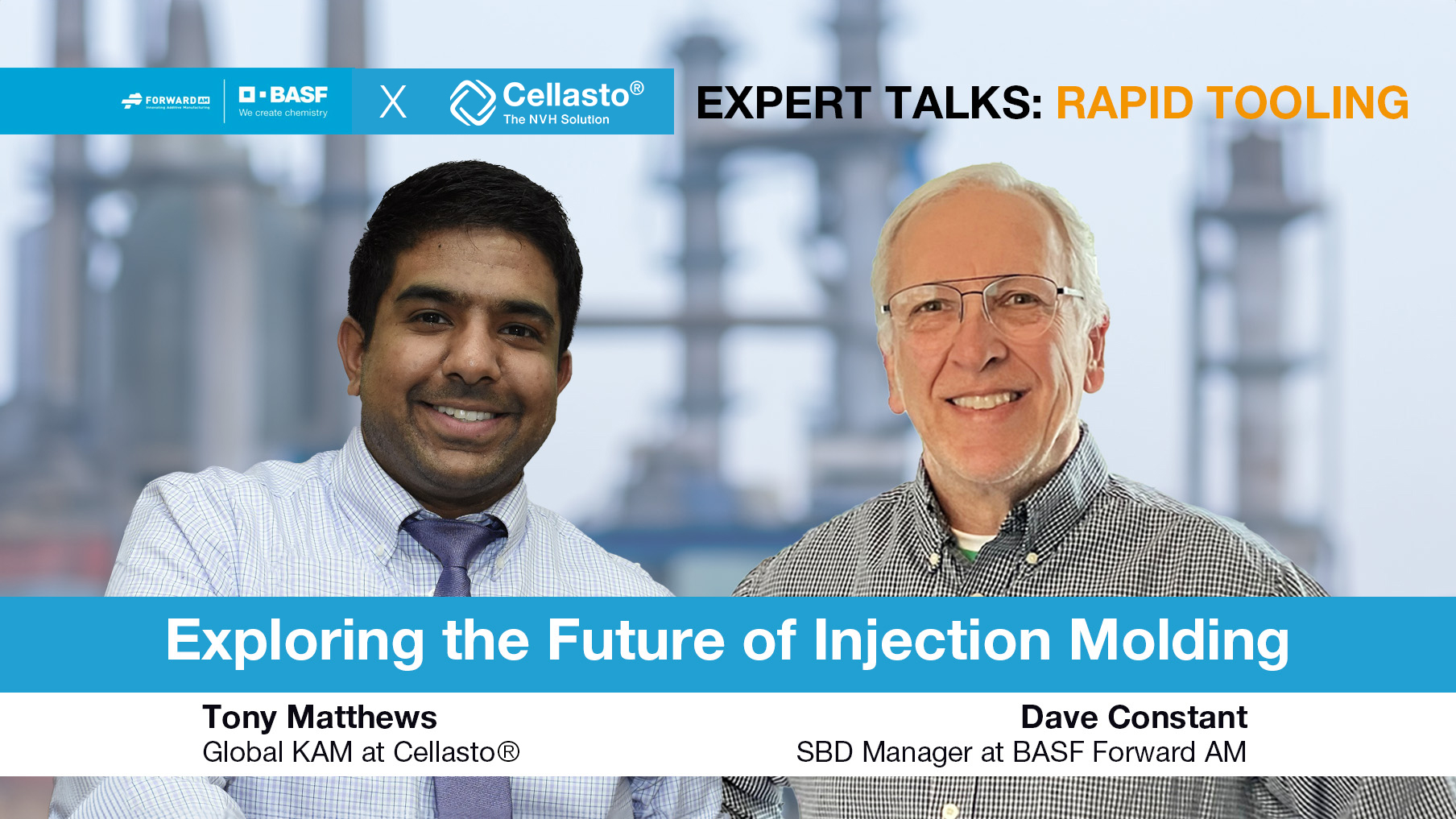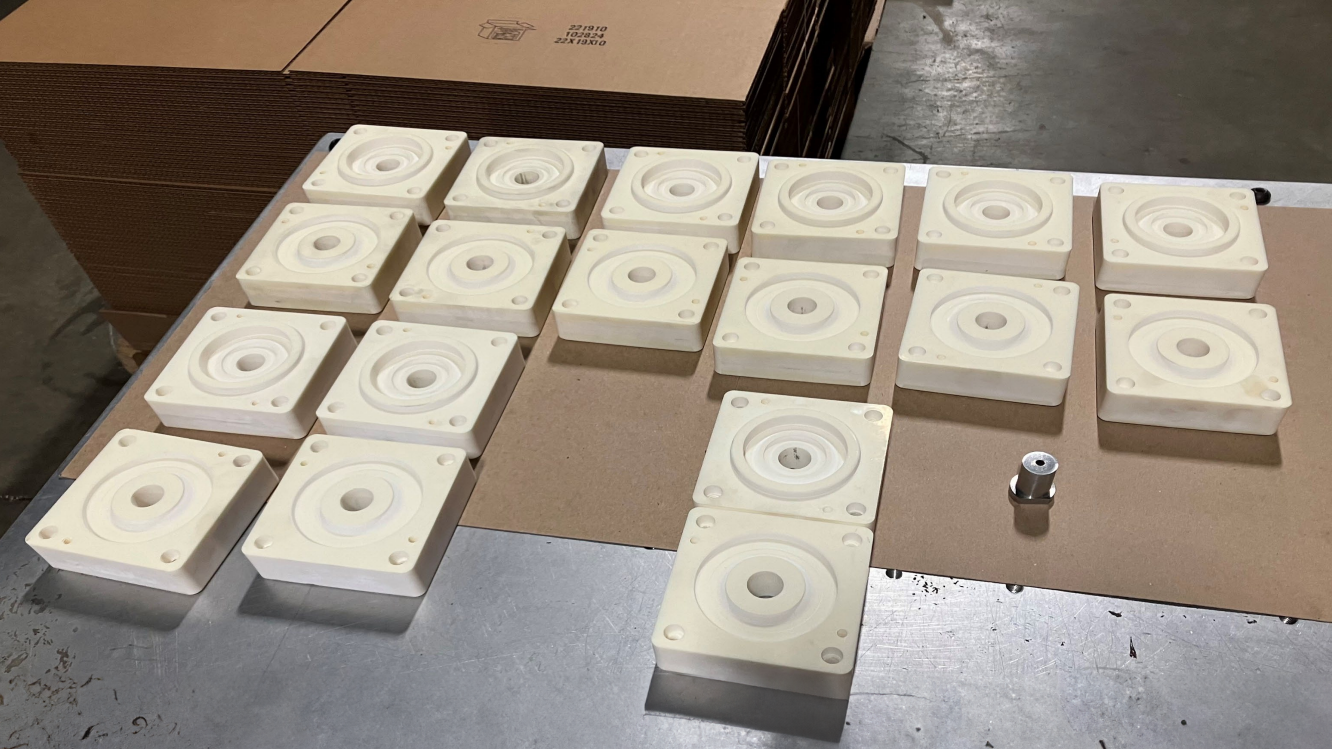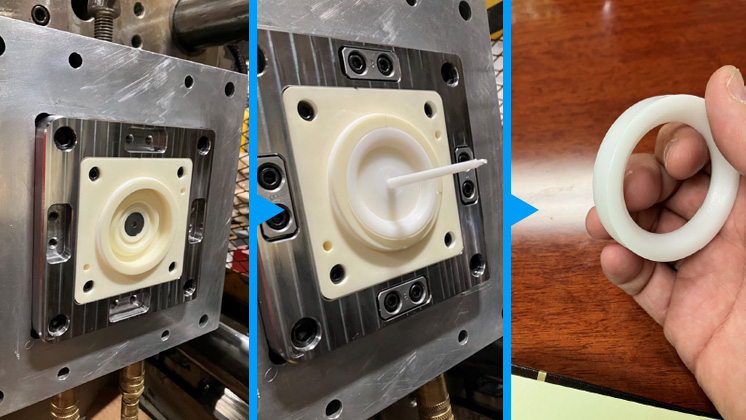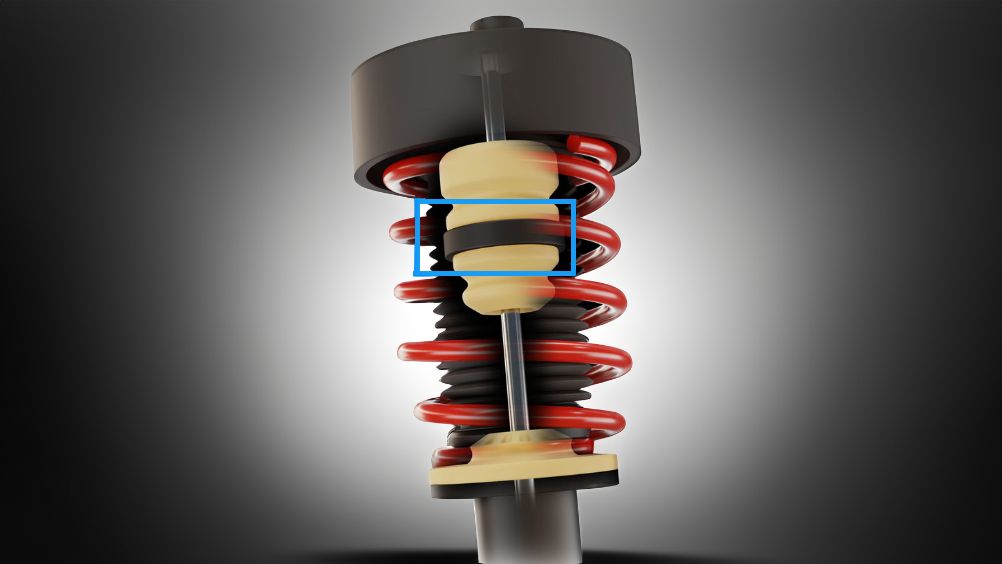Share this page
In the evolving world of manufacturing, the integration of traditional practices with innovative technologies is not just a trend but a strategic necessity. Among the forefront of these advancements is the application of rapid tooling solutions, particularly through 3D printing technologies.
To gain deeper insights into this integration, we had the opportunity to speak with two seasoned experts in the field of injection molding, Dave and Tony. Both have extensive backgrounds in traditional tooling but have recently explored the possibilities offered by BASF Forward AM’s rapid tooling solution utilizing 3D printed inserts. Here’s what they had to share about their experiences, challenges, and the potential future of injection molding.
Cellasto® is a high-performance polyurethane foam known for its excellent damping and noise reduction properties. It is widely used in automotive and engineering applications for vibration control.

Introduction and Backgrounds
Marco: Could you both briefly introduce yourselves and describe your experience in traditional tooling and injection molding? How does this background inform your perspective on rapid tooling technologies like the one BASF Forward AM has proposed?
Tony: I am a Global Key Account Manager at BASF, focusing on engineering, developing, and launching products within the automotive sector’s suspension and chassis space. My experience emphasizes the importance of speed to market, the ability to change designs dynamically, and prototype new solutions. Rapid tooling concepts are essential for our success.
Dave: My journey began with a Plastics Engineering education at the University of Massachusetts-Lowell, supplemented by a solid foundation in polymer science. My career has spanned R&D and technical service roles, deeply involving me in the nuances of injection molding application development. This background has been crucial for assessing and integrating rapid tooling technologies into our processes.
Challenges in Traditional Tooling
Marco: From your extensive experience, what are the most pressing challenges currently faced by traditional tooling techniques? How do these challenges impact the efficiency and innovation capacity of manufacturing processes?
Tony: Traditional tooling often results in longer lead times and higher costs, primarily due to the expense of tool steel and aluminum. These factors can deter innovation when significant investment is required, sometimes leading to compromises in design to save costs.
Dave: The key challenges include the time and cost involved in sourcing and machining the primary metals used in tooling. Additionally, certain designs are impractical or impossible to achieve with traditional machining, leading to waste and frustration during the iterative design process.
“Traditional tooling often results in longer lead times and higher costs, primarily due to the expense of tool steel and aluminum.” — Tony
“Certain designs are impractical or impossible to achieve with traditional machining, leading to waste and frustration during the iterative design process.” — Dave
Several 3D printed injection molding inserts used to validate performance of our Ultracur3D® RG 3280 for Cellasto®.

BASF Forward AM's Rapid Tooling Solution
Marco: BASF Forward AM has introduced a solution involving 3D printed polymeric using Ultracur3D® RG 3280 photopolymer mold inserts for rapid tooling. Can you discuss the key factors that differentiate this solution from traditional tooling methods and how it addresses the challenges you previously mentioned?
Tony: By utilizing additive manufacturing for mold inserts, we can replicate the production experience more accurately and cost-effectively than traditional methods of machined parts or even 3D Printed parts. This approach allows for faster prototyping without sacrificing the quality or the design’s integrity.
Dave: The additive nature of this technology, compared to the subtractive methods of traditional tooling, is a game-changer. RG 3280’s ability to be 3D printed into complex designs quickly and cost-effectively addresses many of the limitations and costs associated with traditional tooling for small scale production.
Benefits of Ultracur3D® RG 3280
Marco: The RG 3280 photopolymer mold insert is noted for its high stiffness and temperature resistance. How do these properties benefit the injection molding process, and what was your reaction upon discovering the potential of RG 3280 for rapid tooling?
Tony: The temperature performance and durability of RG 3280 are significant advancements, allowing for hundreds of shots before showing signs of failure. This longevity is a substantial improvement over previous technologies.
Dave: I was particularly impressed with RG 3280’s performance under high clamp forces and injection molding pressures. Its stiffness ensures that mold inserts won’t deflect or crush, which is critical for producing quality parts.
“The temperature performance and durability of RG 3280 are significant advancements, allowing for hundreds of shots before showing signs of failures.” — Tony
It took approximately six hours to 3D print both the core and cavity injection molding inserts, and we were able to produce more than 100 rings from one pair of inserts.

Research and Testing Insights
Marco: Can you share some insights from the tests and research conducted on the ceramic modified urethane acrylate for injection molding inserts? What were the key findings, and how do they translate into tangible benefits for the injection molding process?
Tony: Our testing showed that components produced with the inserts matched the performance of those made with traditional tooling, delivering production-like components without the associated costs.
Dave: The trials conducted in the EU and North America have taught us how to optimize the 3D printing process for RG 3280 to achieve durability, producing over 100 parts per pair of inserts. These findings underscore the efficiency and cost-effectiveness of using RG 3280 for rapid prototyping.
Future of 3D Tooling in Manufacturing
Marco: While 3D tooling offers rapid prototyping and other benefits, it’s not seen as a replacement for traditional tooling. In what ways do you see 3D tooling and traditional tooling coexisting, and how can 3D tooling serve as a supplementary support during specific phases of the product development cycle?
Tony: We view 3D tooling as a complement rather than a replacement for traditional tooling, especially for quick machining applications. It offers a way to quickly deliver production-like components without the investment in traditional tooling.
Dave: 3D printed mold inserts are a complementary technology that accelerates product development by offering a cost-effective and faster alternative for producing mold inserts that traditional methods cannot make at all.
“Components produced with the inserts matched the performance of those made with traditional tooling, delivering production-like components without the associated costs.” — Tony
“3D printed mold inserts provide a complementary technology that accelerates product development…” — Dave
WHITEPAPER
Innovative Rapid Tooling: Bridging the Gap between Traditional Tooling and the Future with 3D-Printed Injection Molds
Final molded suspension ring for the automotive industry.

Conclusion
This dual interview with Tony and Dave highlights the transformative potential of integrating rapid tooling solutions like BASF Forward AM’s Ultracur3D® RG 3280 into the injection molding process. Their insights from decades of experience in traditional tooling, combined with their exploration of innovative 3D printing technologies, offer a compelling look at the future of manufacturing. It’s clear that while traditional tooling methods will remain foundational, the advent of rapid tooling solutions provides valuable flexibility and efficiency gains, driving the industry forward into new realms of possibility.